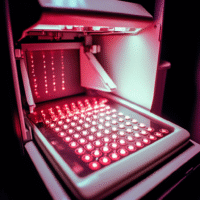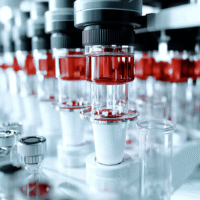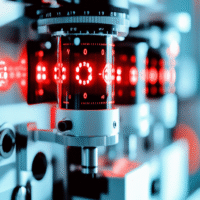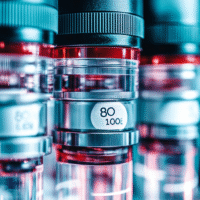Summary of the Study
This study looked at two types of lasers used in a procedure for kidney stones: high-power (HPL) and low-power (LPL) Holmium:YAG lasers. The goal was to see if one was safer than the other, using a test called KIM-1 to check for early signs of kidney injury.
What Worked?
- Both types of lasers were effective in treating kidney stones.
- No major differences in overall kidney function were found after the surgery.
- Both groups had similar rates of complications and stone-free results.
What Didn’t Work?
- The HPL group showed higher levels of KIM-1, indicating more stress on the kidneys shortly after surgery.
- While overall kidney function was normal, higher KIM-1 levels suggest there may be some hidden kidney stress with the high-power laser.
What Does This Mean for Patients and Clinics?
- Patients undergoing treatment with high-power lasers may need closer monitoring for kidney stress, even if their kidney function tests are normal.
- Clinics should consider the balance between effectiveness and potential kidney stress when choosing which laser to use for procedures.
Real-World Opportunities
- Hospitals can implement regular monitoring of kidney health after surgeries using the HPL laser.
- Doctors can discuss the risks and benefits of HPL and LPL lasers with their patients before the procedure.
Measurable Outcomes to Track
- Levels of KIM-1 in urine after surgery.
- Overall kidney function tests (like creatinine levels and eGFR).
- Rate of complications and success in removing kidney stones.
AI Tools to Consider
- AI software could help track patient recovery and kidney health after procedures.
- AI can analyze data on kidney function and KIM-1 levels to predict potential issues early.
Step-by-Step Plan for Clinics
- Start Small: Begin by selecting a few patients to monitor closely after using the HPL laser.
- Track Data: Collect and analyze KIM-1 levels and kidney function tests in these patients.
- Evaluate: Compare outcomes from HPL and LPL treatments to identify trends in kidney stress.
- Educate: Train staff on the importance of monitoring kidney health and discussing options with patients.
- Expand: Gradually implement these practices across more procedures based on initial findings.
For More Information:
Read the full study here.



























